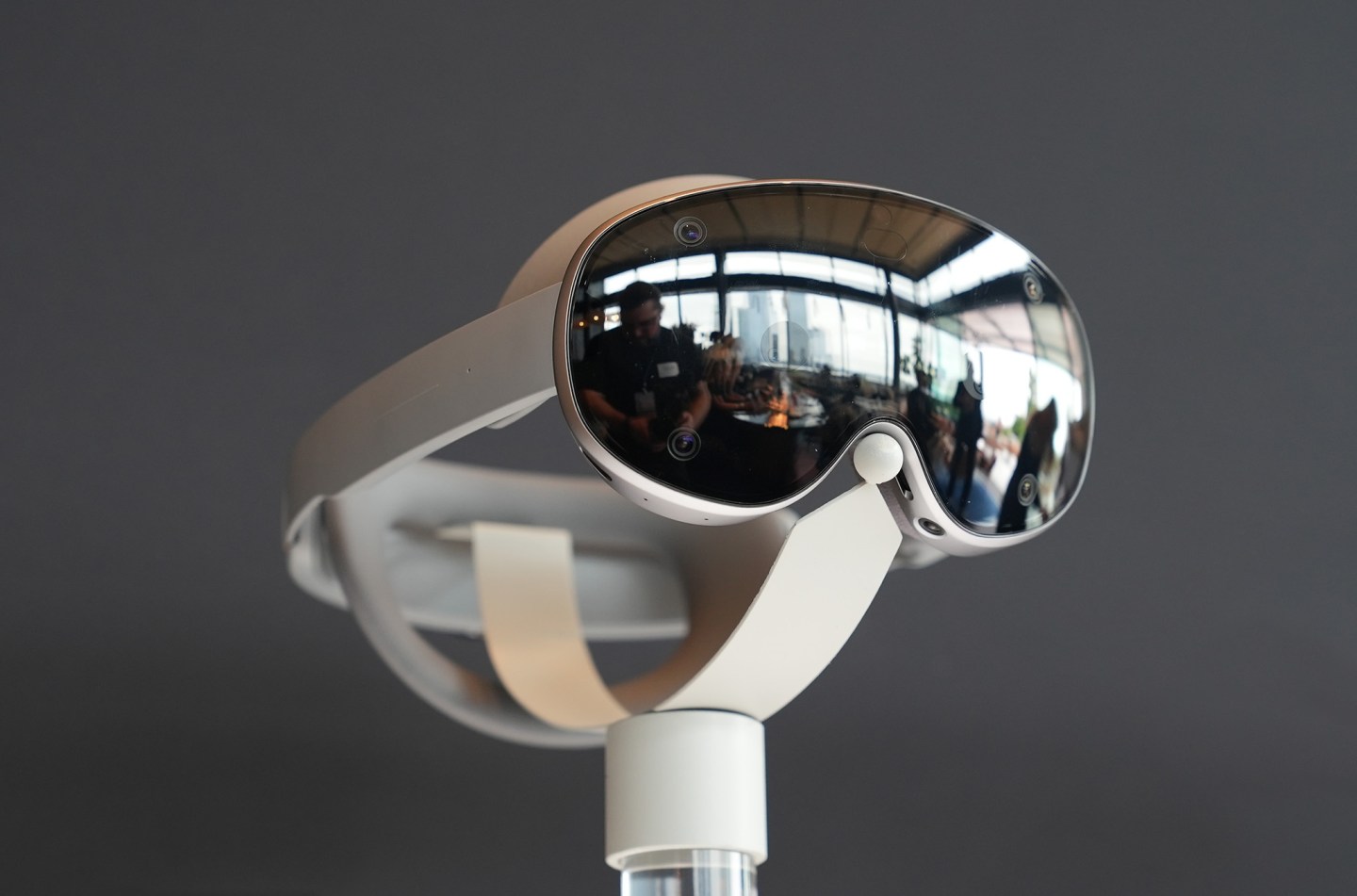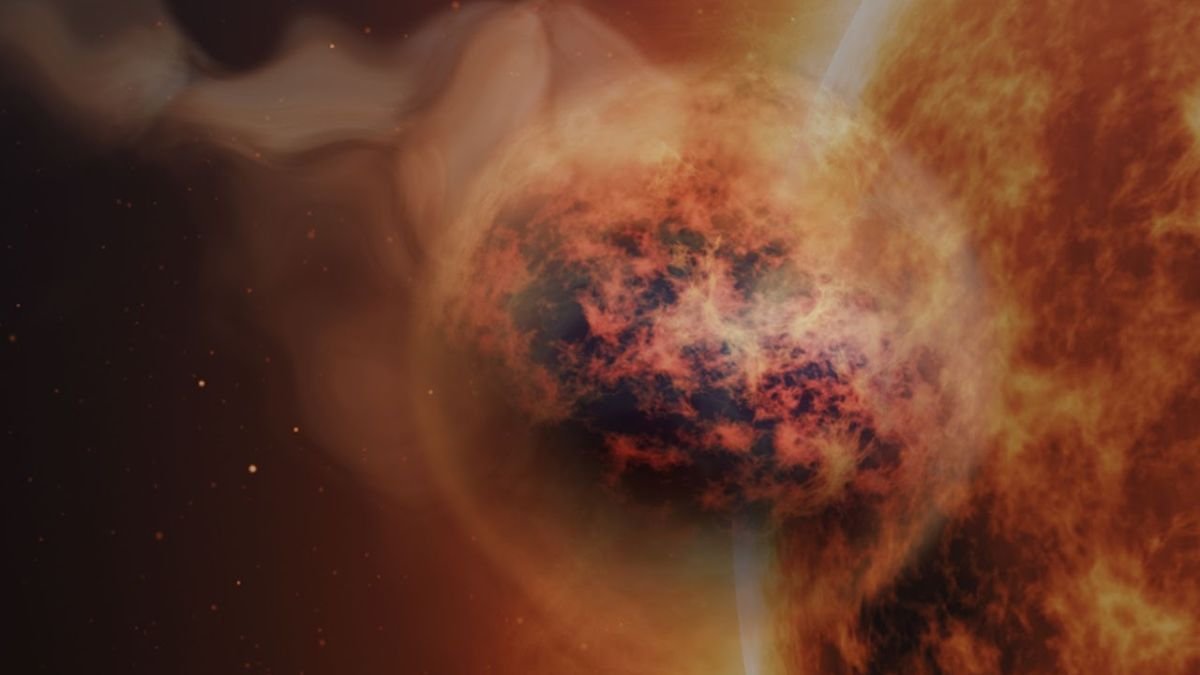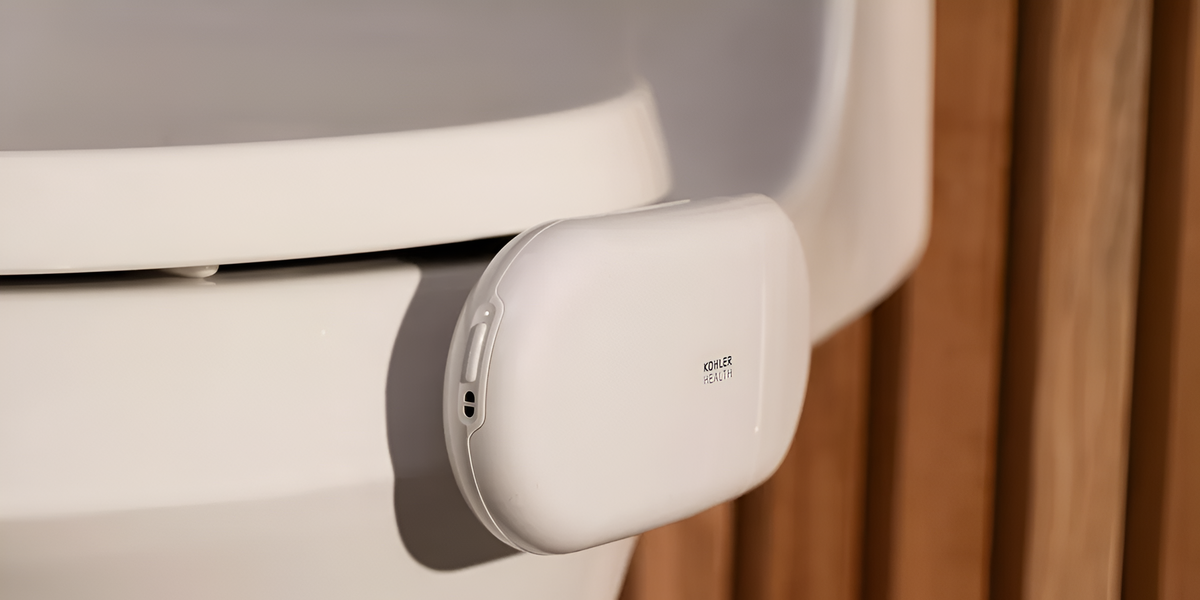According to research published in the scientific journal Nature, the James Webb Space Telescope (JWST) has discovered a planet with natural beauty that seems impossible on Earth; WASP-107b, it’s raining sand. Using data collected by JWST’s Mid-Infrared Instrument (MIRI), scientists were able to detect some interesting details of the atmosphere.
WASP-107b was first discovered in 2017, but a team of European astronomers explored the atmosphere more deeply using data from James Webb. They discovered that it was literally raining sand on the exoplanet; Unlike on Earth, where water cools and freezes, Researchers discovered that the exoplanet’s atmosphere contains clouds of water vapor, sulfur dioxide and even silicate sand.
Using the exoplanet’s low-density data, compared to observations of planets like Jupiter, scientists were able to observe details of its atmosphere about 50 times deeper — the low density makes it soft, which is why some call it a cotton candy planet.
“When we see these sand clouds high in the atmosphere, this must mean that the sand rain droplets are evaporating in deeper, very hot layers, and the resulting silicate vapor is efficiently transported upwards, where it is recompressed to form new silicate clouds,” Michiel Min, one of the study’s authors, said in a statement. “It’s very similar to the cycle of water vapor and clouds on Earth, but it contains droplets of sand,” he said.
They initially discovered the existence of sulfur dioxide because sulfur dioxide was a smaller and colder cosmic object. The region emits a small fraction of high-energy photons of light, but the lower intensity allows the photons to penetrate deeper into WASP-107b’s atmosphere, resulting in the formation of carbon dioxide.
It’s raining sand
Astronomers also find exoplanets high-altitude clouds composed of fine silicate particles, a type of extremely fine-grained sand. Presumably clouds form similarly to clouds on Earth, with the biggest difference being that it doesn’t exactly rain water.
In the case of sand rain, when the ‘drops’ fall from the clouds they enter the warmer layers of the planet and turn into silicate vapour. Once they become vapor, they return to the clouds and the whole process happens again.
“JWST is revolutionizing exoplanet characterization by delivering unprecedented information at a remarkable pace. The discovery of sand, water and sulfur dioxide clouds on this puffy exoplanet… is a major milestone. It sheds new light, redefining our understanding of planetary formation and evolution. Belgium’ “It’s on our own solar system,” said Leen Decin, one of the authors and a collaborator at the Catholic University of Leuven in Germany.
Did you like the content? Stay up to date on more topics like this at TecMundo and take the opportunity to find out why exoplanets like Jupiter are more common outside our Solar System than we imagined.
Source: Tec Mundo
I’m Blaine Morgan, an experienced journalist and writer with over 8 years of experience in the tech industry. My expertise lies in writing about technology news and trends, covering everything from cutting-edge gadgets to emerging software developments. I’ve written for several leading publications including Gadget Onus where I am an author.












